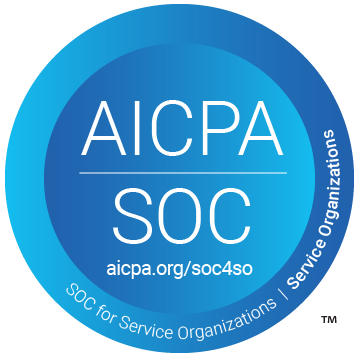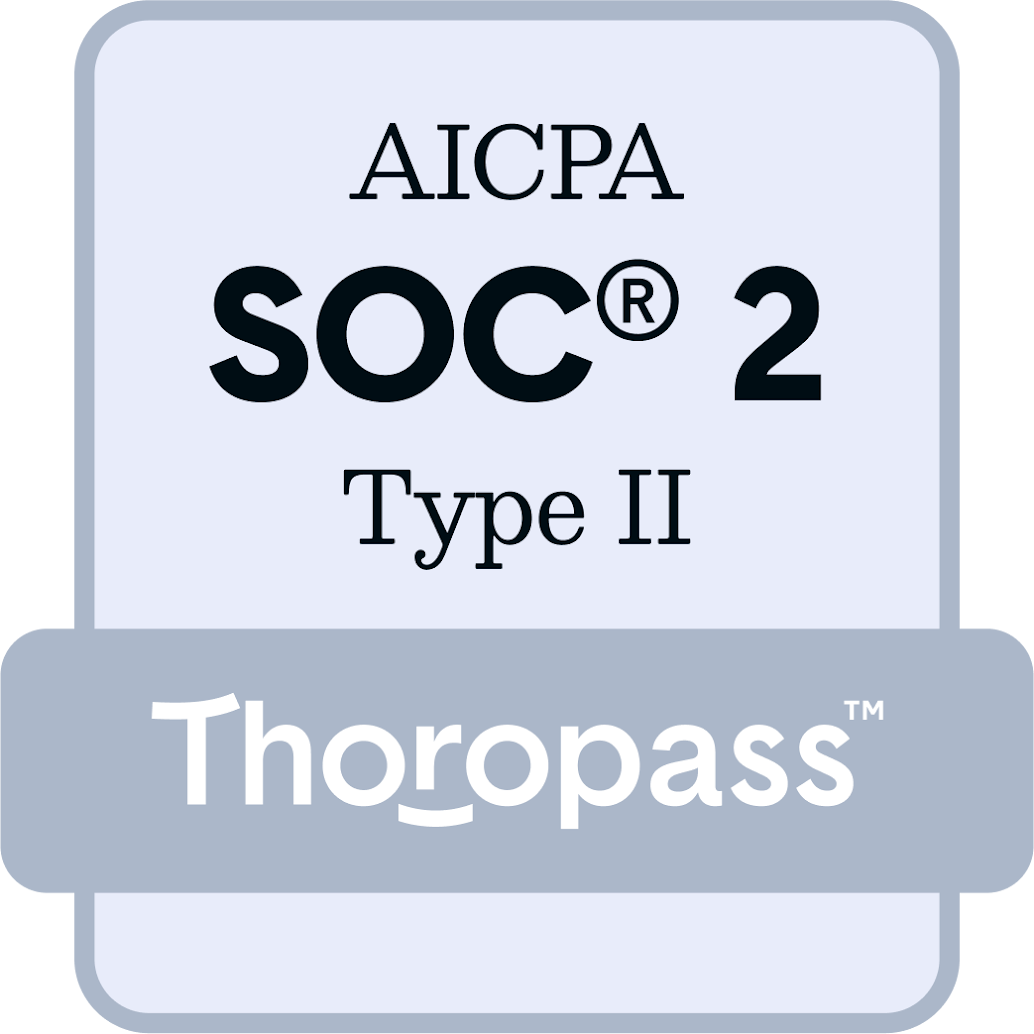CHRO Content Series: Assessing the Financial Performance of Russell 3000 Companies With a CHRO
August 31, 2022
Amit Batish

The Equilar CHRO Content Series offers insights and trends related to top HR officers among the largest U.S. companies. This installment analyzes how the financial performance differs at companies with a CHRO versus those without a disclosed CHRO.
The expectations of chief human resources officers (CHROs) have evolved significantly over the last several years. In light of the increased focus on human capital management (HCM) issues at the board level, as well as the impact of the COVID-19 pandemic on the well-being of employees, the CHRO role is more critical than ever. Today’s CHRO requires a strategic and forward-looking approach to workforce development, in addition to skills related to culture, DEI, ESG, compensation and much more.
With the increased expectations of HR teams across Corporate America, the focus on HR leadership has never been greater. As part of the latest installment of the CHRO Content Series, Equilar examines the financial performance of the Russell 3000 index split into three categories:
Companies that have a CHRO among their named executive officers (NEOs)
Companies with a CHRO who is not an NEO
Companies that do not have a disclosed CHRO*
The first data point Equilar examines is revenue. The study finds that Russell 3000 companies that have a CHRO in an NEO position have a median revenue of $2.1 billion. On the other hand, companies with a non-NEO CHRO have revenue levels 26.9% less at $1.5 billion, and companies without a disclosed CHRO have revenues 73.4% lower at roughly $551 million.
Figure 1: Median Revenue (Russell 3000)

A similar trend is observed when examining market capitalization. Companies with a CHRO in an NEO role have market cap levels at roughly $4 billion. Companies with a non-NEO CHRO trail slightly behind at $3.6 billion, while companies without a disclosed CHRO have a median market cap of $1.2 billion.
Figure 2: Median Market Capitalization (Russell 3000)

It is important to note that smaller companies often elect not to disclose their most senior HR leader, despite indeed having one in an executive position. According to Equilar data, the median number of employees at companies without a disclosed CHRO is 778. Meanwhile, for companies with a disclosed NEO CHRO, the median employee count is 6,182, and 2,030 at companies with a non-NEO CHRO.
Figure 3: Median Employee Headcount (Russell 3000)

Of course, one of the leading financial indicators that stakeholders pay close attention to is total shareholder return (TSR). According to Equilar research, Russell 3000 companies that employ a CHRO in an NEO role have experienced a three-year annualized TSR of 15.1%, compared to 14.6% for companies with a non-NEO CHRO and 12.6% for companies without a disclosed CHRO.
Figure 4: Median Three-Year Annualized TSR (Russell 3000)

TSR levels fluctuate when analyzing Russell 3000 companies by sector. The majority of sectors see higher three-year TSR across companies with an NEO CHRO, while three sectors (communication services, consumer cyclical and industrials) witness the highest return at companies without a disclosed CHRO.
Figure 5: Median Three-Year Annualized TSR by Sector (Russell 3000)

Overall, the study results show that all three financial measures are generally higher at Russell 3000 companies with an NEO CHRO. While CHROs may not have a direct hand in these outcomes, several other factors should be considered. For instance, when companies become larger, both financially and by employee count, complexity increases and often requires the attention of a CHRO. Maintaining a strong culture and diverse workforce become challenging at larger companies, along with other regional challenges that impact a company. Therefore, the presence of a CHRO—notably one among the top five highest paid—is likely more common at companies with larger revenues and market cap levels, thus driving some of the trends seen in the study.
Nevertheless, the study sheds light on the growing importance of the role and symbolizes a trend of CHROs emerging among the highest-paid executives.
*Disclosure in this instance refers to company website disclosures
Equilar has launched CHRO Navigator, a program designed for the modern HR leader. The CHRO Navigator provides resources for governance and compensation trends, peer discussions, and networking opportunities.
Contact

Amit Batish
Director of Content & Communications at Equilar
Amit Batish, Director of Content & Communications at Equilar, authored this post. MaryClare Colombo, Research Analyst at Equilar, provided data and analysis. Please contact Amit Batish at abatish@equilar.com for more information on Equilar research and data analysis.
 Solutions
Solutions


















